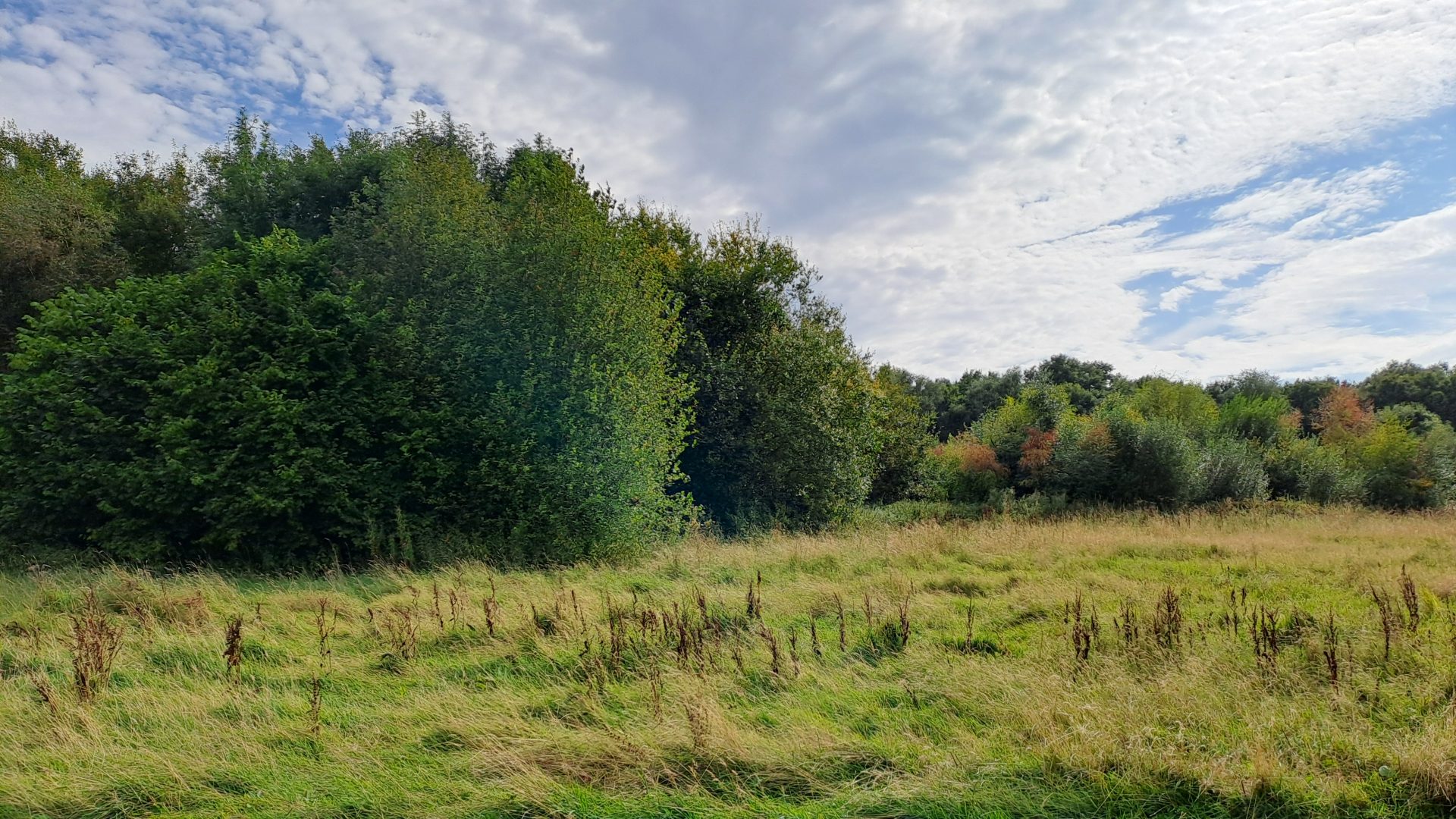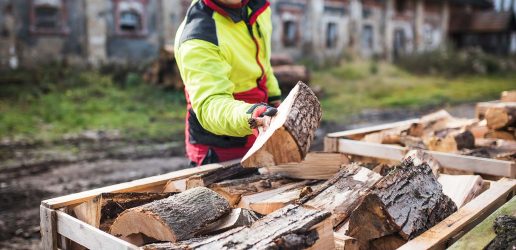New research reviewing natural processes as a method for woodland creation has been published by Forest Research.
Woodland expansion is one of the principal nature-based solutions adopted by the UK and its devolved governments to address the biodiversity and climate crises. However, tree planting is only one way to expand woodland cover, with natural processes presenting an alternative approach.
Harnessing natural processes can help to expand tree cover, increase connectivity across treescapes and restore biodiversity. It may also create resilient woodlands by enabling adaptation to local site conditions. There is increased interest in adopting natural processes to create woodland. However, uptake among land managers is relatively low, results can be highly variable and difficult to predict and understanding of the ecological process and outcomes of this approach is evolving.
A multi-disciplinary team of researchers working across three projects have explored the ecological outcomes of woodland creation using natural processes and land managers’ social perceptions of the approach. Findings from the following projects are now available:
- The UKRI TreE PlaNat project (2023–2025) studied stakeholder perceptions and socio-ecological consequences of treescape expansion through planting and natural colonisation (funded by UKRI through the Future of UK Treescapes programme, led by the University of Stirling, with Forest Research and Universities of Edinburgh and Royal Holloway, Woodland Trust and National Forest Company).
- The Defra-funded TWF-07 Social Dimensions of Natural Colonisation project (2022–2025) investigated why land managers may or may not adopt natural colonisation for tree expansion.
- The Defra-funded TWF-08 Ecology of Natural Colonisation project (2022–2025) assessed the efficacy, biodiversity, carbon impacts, and ecology of natural colonisation as a means of establishing new woodland.
Bianca Ambrose-Oji, Chief Scientist, Forest Research said, “This is one of the most in depth and comprehensive packages of research undertaken to date looking at natural processes as a method for woodland creation. Findings indicate that natural processes can be used in multiple ways to create woodland and appear to be a suitable approach to create new forests within sites located near existing seed sources.
This is one of the most in depth and comprehensive packages of research undertaken to date looking at natural processes as a method for woodland creation.
“However, land managers do need to consider woodland creation objectives. Naturally colonised forests are likely to be less dense than plantation forests of the same age, especially further from a seed source, which will have implications for timber production, carbon storage and biodiversity. Tree planting may also be more effective in more isolated sites where the aim is to create a more predictable forest in terms of species, density and speed of development.”
Bianca continued: “Furthermore, our social dimensions research demonstrated that land managers see the benefits of using natural processes but do need guidance. Land managers consider hybrid approaches (combining natural processes with some planting) to be less risky and reduce uncertainty associated with solely natural processes. Cost-effectiveness and conservation benefits do drive the adoption of natural processes, but social pressures can influence decisions, with some land managers facing criticism for adopting woodland creation as a land use change or using approaches which can appear unsightly.
“Going forward, addressing the financial, communication and structural barriers will be crucial for increasing uptake among land managers, however natural processes are only likely to be suitable in areas adjacent or near to existing seed sources.”

Vanessa Burton, Conservation Adviser, Woodland Trust said: “From a Woodland Trust point of view, many of our advisers and site managers have a wealth of experience in using natural colonisation. This knowledge was built into our suite of Woodland Creation Guidance which has been published over the last few years. A key principle within this guidance is that we advocate for more natural processes and hybrid methods alongside planting where the location is suitable, but the scientific evidence behind this has been lacking until now.
“This project has allowed us to delve into this in an evidence-based way, and it’s great to find that there is real appetite for these methods among land managers, and that there are beneficial ecological outcomes from hybrid approaches too. We’ll be using the findings to inform our advice, guidance, and practice in the future.”
Further information and resources
The following resources are available for land managers interested in exploring natural processes as a method for woodland creation.
- Visit the TreE PlaNat website which includes case studies of natural colonisation, a monitoring protocol for natural colonisation sites, and a series of blogs and webinars.
- Visit the Forest Research research page, which includes the following:
- Research Brief: “Working with natural processes for woodland creation: Key messages from recent research”
- Interactive Story Map which includes land manager case studies and videos: “Increasing tree cover through natural processes”
- Technical Report: “Social Dimensions of Natural Colonisation for Woodland Expansion – Final Project Report 2023-25“
- Read our latest paper in People and Nature: ‘Tree planting, natural colonisation, hybrid approaches: Land manager decisions explored’
Recent News
View All news
Seventeen coniferous tree species show early promise for future commercial timber production in the UK
Researchers have set up a network of nine large scale experiments across the UK to test the suitability of 17 tree species as potential alternatives for future commercial timber production.
Forest Research are looking for people involved in the harvesting, processing, transport, import, or trade of firewood in Scotland to complete an important survey.

New guide to help local authorities conduct a people survey on the social value of their treescapes
A new step-by-step guide to help local authorities, charities and civic societies carry out a people survey to understand social and cultural values related to trees in their area, is now available.

Seventeen coniferous tree species show early promise for future commercial timber production in the UK
Researchers have set up a network of nine large scale experiments across the UK to test the suitability of 17 tree species as potential alternatives for future commercial timber production.
Forest Research are looking for people involved in the harvesting, processing, transport, import, or trade of firewood in Scotland to complete an important survey.

New guide to help local authorities conduct a people survey on the social value of their treescapes
A new step-by-step guide to help local authorities, charities and civic societies carry out a people survey to understand social and cultural values related to trees in their area, is now available.

